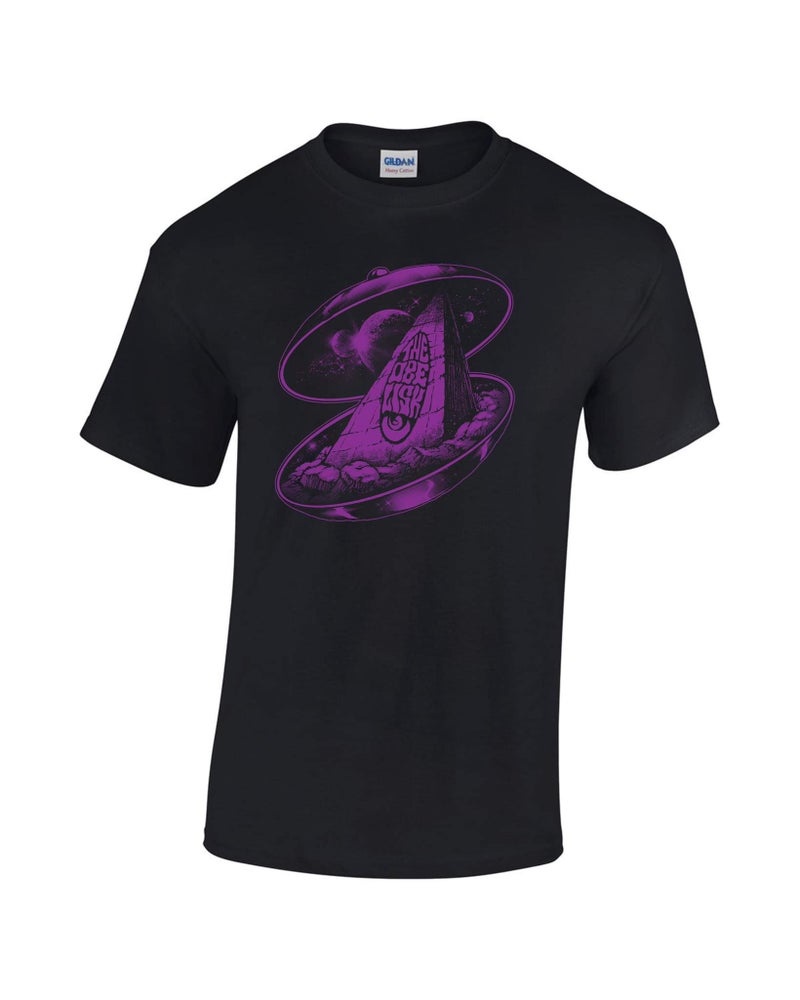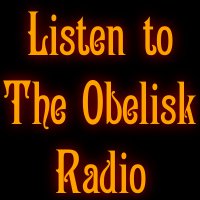Church of Misery, And Then There Were None: Survival of the Deadliest
Now on the other side of the 20-year mark, Tokyo-based doom traffickers Church of Misery seem only to be getting more and more volatile. This suits their long-established murder fetishization, as bassist/founder Tatsu Mikami has become as unpredictable in where he’ll take the band next as he’s been reliable to be obsessed with serial killers when he gets there. Issued through Rise Above, Church of Misery‘s fifth (or sixth, depending on what you count) full-length, And Then There Were None, follows only three years behind 2013’s Thy Kingdom Scum (review here), and yet it has brought about a complete revision of who the band are and what they do. Mikami, as ever, is at the center. He’s seen players come and go all along, but the new seven-track/42-minute collection might be the most radical revamp to-date.
Traveling to the heart of American doom’s underground — Maryland — Mikami assembled a Church of Misery lineup as an in-the-know supergroup, hand-picking Dave “Depraved” Szulkin of Blood Farmers for guitar and Earthride and ex-Internal Void drummer Eric Little, and grabbing Repulsion frontman Scott Carlson (based in Los Angeles) for the vocalist role. No one has ever accused Mikami of having bad taste in anything except perhaps subject matter, and one sincerely doubts And Then There Were None will change that. Perhaps as notable a shift as that of the lineup is the fact that Mikami didn’t write the lyrics for the album, Carlson did, and while “Doctor Death (Harold Shipman),” “Make Them Die Slowly (John George Haigh),” “Murderfreak Blues (Tommy Lynn Sells),” etc. are still working on a theme and keeping to the direct parenthetical references to mass murderers that has become a staple of Church of Misery‘s approach, the fact that it’s someone else doing the job is a major departure for the band.
It is one of few. Though Mikami has chosen the company he’s keeping exceedingly well, the core of what makes Church of Misery who they are — their running lyrical theme and ultra-loyalist Sabbathian doom rock — remains righteously intact on And Then There Were None, as the lurching opener “The Hell Benders (The Bender Family)” sets out to immediately prove. It begins with sampled violence; something metal hitting with a thud, someone yelling. Carlson, who also played bass in Cathedral, seems to be taking some cues from that band’s frontman, Lee Dorrian (also the head of Rise Above) in adding a spoken layer under his guttural verses, and he adds considerable presence both to the opening track and to the album as a whole, though the same could be said of Szulkin‘s spaced-out guitar solo and Little‘s stomping drums at the end of the song as well. That same airy lead tone from Szulkin makes an appearance on the subsequent “Make Them Die Slowly (John George Haigh)” and returns for closer “Murderfreak Blues (Tommy Lynn Sells),” while “Doctor Death (Harold Shipman)” (at least its second solo) and centerpiece “River Demon (Arthur Shawcross)” offer earthier fare.
In either context, Szulkin meets the occasion no less head-on than Carlson or Little as “Make Them Die Slowly” offers the strongest hook of And Then There Were None, all swing and well-justified cowbell in its post-sample final chorus before a British news report about Harold Shipman starts “Doctor Death” with start-stop riffing and tom rolls leading to a standout “yeah” from Carlson and satisfyingly nodding groove. They break in the midsection and seem to be starting over with the news report, but the second half of the track is faster and gives the vocals a fitting showcase. Mikami‘s bass feels all the more central in complementing the initial lead of “River Demon,” and Little‘s snare matches step before a sample of Shawcross himself describes a strangulation before the first verse starts. He’ll return again before the finish to recount filling a dead body with C4 before some organ is added to the song’s finish, but most of all, “River Demon” is about Mikami, Szulkin and Little locking into that pivotal rhythm, and as such, it’s all the more fitting as the centerpiece of the record.
That remains true as “Confessions of an Embittered Soul (Leonarda Cianciulli)” repurposes the central riff of Sabbath‘s “Wicked World” into an even more lurking vibe, the guitar reminding a bit of Beelzefuzz‘s organ-style tonality but moving fluidly into and out of solos between Carlson‘s verses before the pace picks up with Iommic layered leads in the midsection — Mikami‘s fuzz crucial — before an ending that does likeminded justice to “Into the Void.” Before “Murderfreak Blues” rounds out, the interlude “Suicide Journey (Heaven’s Gate Cult)” very subtly expands Church of Misery‘s context from serial killers to cults over airy guitar work from Szulkin via more sampled news reports about the Heaven’s Gate group in San Diego, CA, whose 39 members committed suicide in 1997 in order to be transported to the passing comet Hale-Bopp and thus freed from the destruction the arriving millennium would bring. It’s under two minutes long, and definitely an interlude leading to the closer, but it does mark an expansion on the band’s theme, even if it’s not the first time they’ve focused on a cult leader. Fuzzy bass and lumbering guitar start “Murderfreak Blues,” which might as well be a mission statement for Church of Misery, along with an eight-minute bookend with “The Hell Benders,” for its tale of abuse and murder, thoroughly doomed style and unabashed riff-led modus.
As noted, Szulkin provides a highlight lead, but the finale is more about reaffirming how well this incarnation of Church of Misery has worked all throughout And Then There Were None, which it does more than ably. A final jam crashes out with some last sampling and they rumble to a finish no less methodical than was the beginning of “The Hell Benders.” Perhaps more than ever, it’s easy to see Church of Misery as the work of a single mastermind — Mikami — but that shouldn’t lead one to discount the contributions of Little, Szulkin or Carlson here, since Church of Misery sound very much like both and full band and are recognizable as themselves across these songs, both of which are a testament to the new lineup and the songwriting process at root. Hard to imagine And Then There Were None won’t be their best-received album in the States, but beyond that, it demonstrates Mikami‘s unflinching will to take his band’s style to new places and new directions while still holding firm to what’s made it such a landmark all along. Church of Misery remain essential doom, even as they’re subject to seemingly unending flux and less predictable than ever in what they might do next.
Church of Misery, And Then There Were None album trailer
Church of Misery on Thee Facebooks
Church of Misery at Rise Above Records
Tags: And then There were None, Church of Misery, Church of Misery And Then There were None, Japan, Rise Above Records, Tokyo






I was saddened by the breakup of the previous lineup (and the loss of Tom Sutton before that). Thought he nailed it. Apprehensive about this lineup…but your review gives me hope. Either way…I’ll be at Bull Moose on release day.